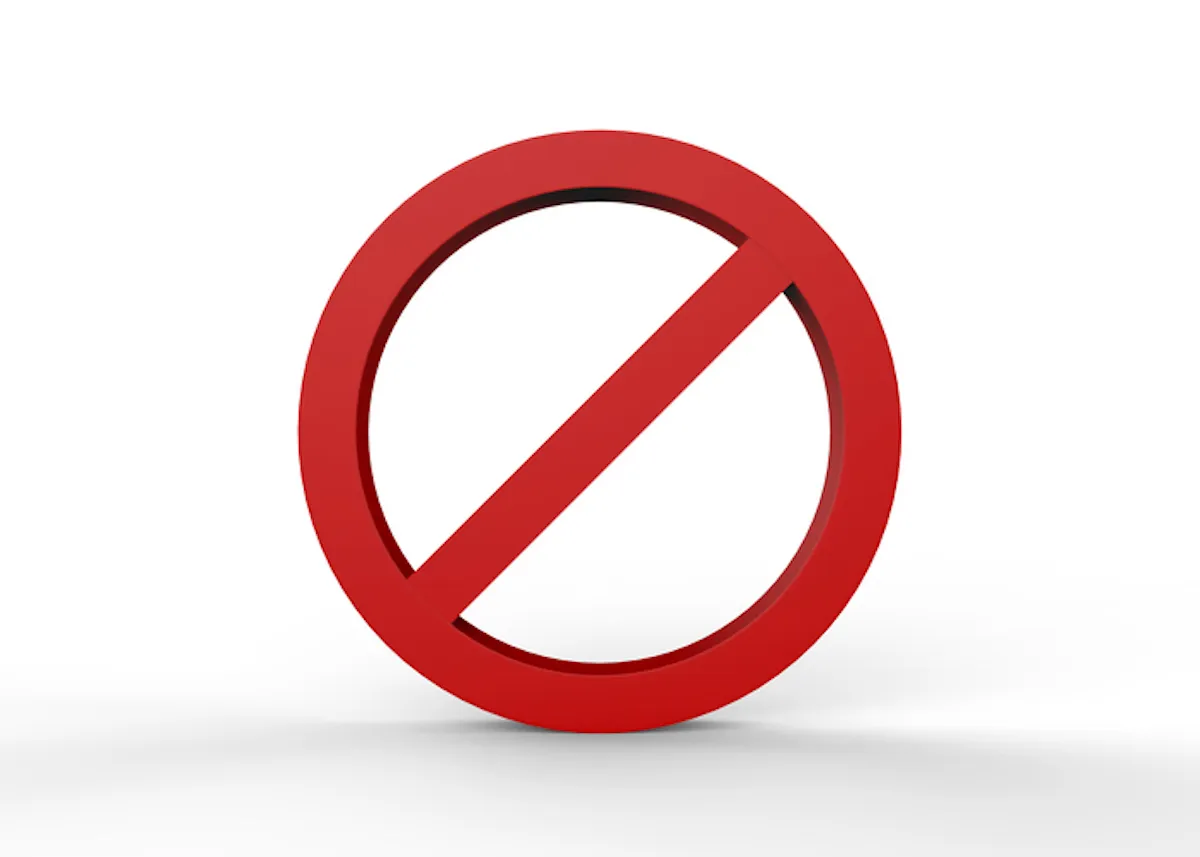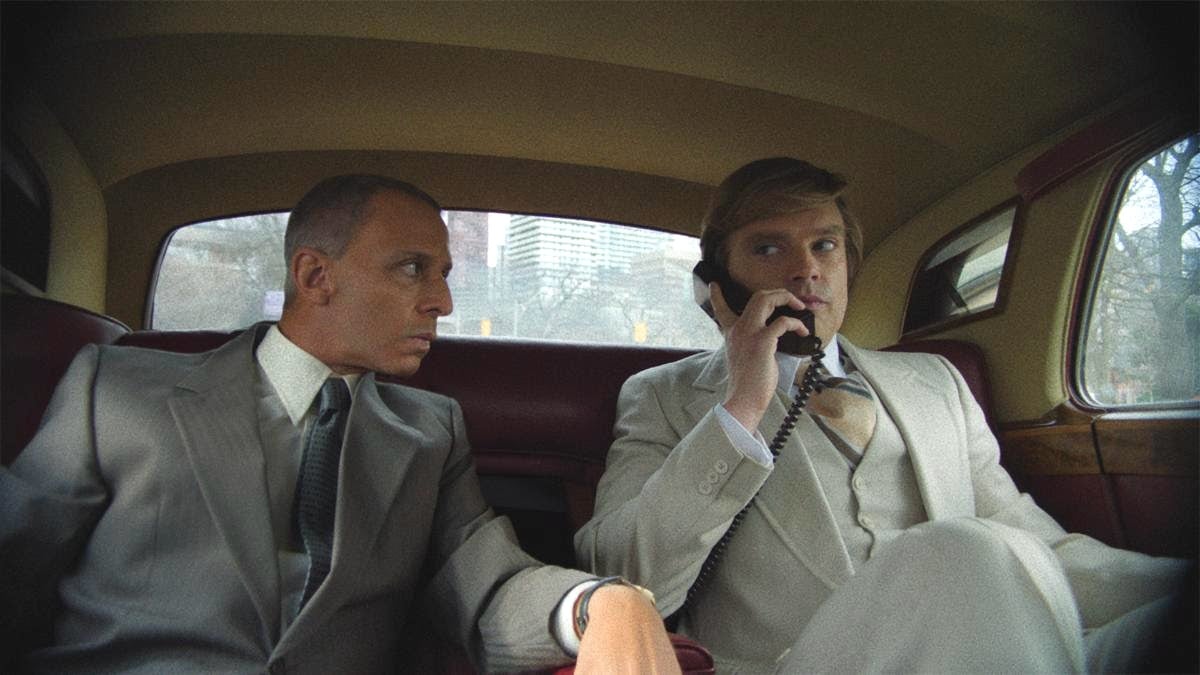Content Warning: This article contains descriptions of state violence and racism.
It seems, if you look at the coverage, like a sick sort of countdown. Body-cam footage showing the January 7 beating of Tyre Nichols, by five Memphis police officers, is set to be released at 7PM ET tonight, January 27.
“Tyre Nichols video live updates,” reads the NBC News headline.
“Memphis to release Tyre Nichols arrest video,” CNN reports.
The Washington Post’s headline reads, “Live updates: Memphis awaits video release of Tyre Nichols video.”
If you didn’t know what the video contained, you’d think it a much-anticipated release from a beloved artist. But it is, in fact, a nearly hour-long video showing the brutal beating of Nichols by five officers—all of whom have since been arrested and charged with second degree murder and several other charges—which resulted in his death on January 10.
And it plays right into numerous failings, by both mainstream media outlets and white would-be allies, that The Mary Sue wants to avoid. That’s why our coverage of Nichols, and any subsequent protests that result from tonight’s release, will not include any of the footage itself.
Often, journalists convince ourselves that knowledge is power—and it is. Reporting on police brutality—and providing video to back up claims—has significantly shifted Americans’ opinions on police brutality, particularly when it intersects with race. Only weeks after the shocking footage of George Floyd’s murder by former police officer Derek Chauvin launched a surge of global protests, a joint Associated Press-NORC Center for Public Affairs Research polls found that “more Americans [in 2020] than five years ago believe police brutality is a very serious problem that too often goes undisciplined and unequally targets black Americans.”
But if we zoom in closer, we see the disparities in that data: Black Americans are five times as likely as white Americans to say they’ve been stopped by police due to race or ethnicity. Further, white Americans are split on the matter of racism in policing: While 88 percent of white Democrats believe racism is a problem in policing, only about 40 percent of Republicans believe racism in policing is a problem.
So, convincing Americans that there’s a serious problem with American policing comes down to convincing white Americans—not least of which because white Americans hold disproportionate power in this country, thanks to extensive gerrymandering, unfair policing resulting in disproportionate levels of felony convictions (and therefore the loss of the right to vote) for people of color, and a government that is disproportionately filled with white men (who make up just one-third of the American population but over half of all elected officials).
And that is work that needs to be done by other white Americans.
So perhaps you might be thinking: I need to share this video to show others what state violence looks like, what racist state violence looks like. But we implore you not to share the video.
Research shows that state violence (in the form of police brutality) is one of the most traumatic events Black Americans experience and can, in fact, have serious adverse effects on the mental and physical health of Black Americans, particularly adolescent Black boys. This 2018 population-based study in particular focused on the common practice of posting videos of beatings and killings online and found that these videos are also traumatic stressors for Black Americans.
In other words: It’s reenacting state violence and re-traumatizing survivors and bystanders. It’s not a spectacle, not a matter of receiving the most clicks and ad revenue just because people are seeking it out, not something to be shared lightly.
Social media already makes it difficult to avoid triggering content, especially for marginalized populations. Racist and misogynist trolls often seek out the targets of their bigoted ire, and with social media behemoths like Twitter, Facebook, and Instagram continuing to lean into algorithms that are more likely to show you content “you might like” from people you’ve never followed nor heard of, it’s harder than ever to avoid content that could be triggering.
So if you want to be an ally, perhaps talk directly to your racist (sorry, “I don’t see color”) family members and send them the video directly, via text or email or whathaveyou. Donate to bail funds for the protesters who are surely going to put their bodies on the line after the footage is released. Get involved in local anti-racist organizations. Just please: Don’t share that video.
(featured image: DEVASHISH_RAWAT)









Published: Jan 27, 2023 05:38 pm